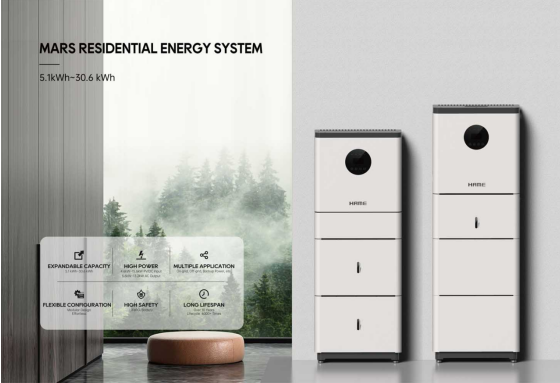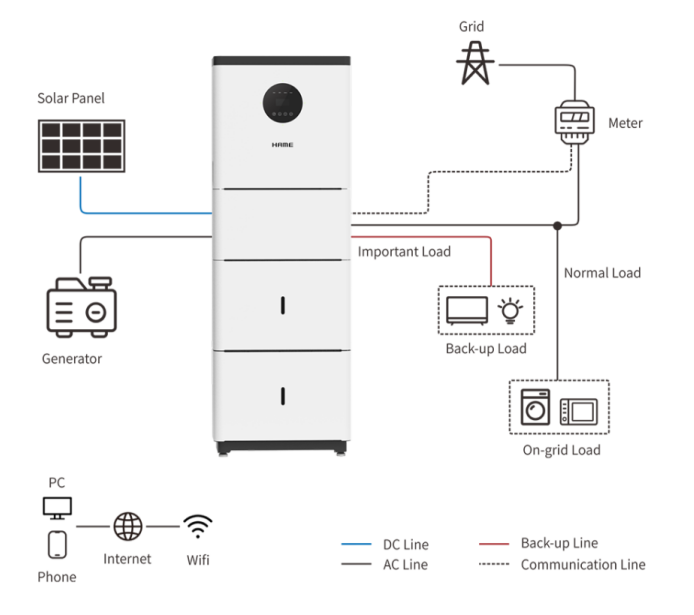Home energy storage systems (HESS) are becoming increasingly popular as more people look to reduce their reliance on the electrical grid and generate their own clean, renewable energy. A HESS consists of a battery pack, inverters, charge controllers and monitoring software. Together, these components create a system that stores excess energy generated by a home’s solar panels, making it available for use when the sun goes down or when grid electricity is unavailable.

If you are considering installing a HESS in your home, it is important to carefully choose the equipment that will best meet your needs. Here are some factors to consider when selecting your home photovoltaic energy storage equipment:
1. Capacity & Power Output
The capacity and power output of the HESS will affect the amount of energy it can store and provide to your home. Look for a system that offers enough capacity to meet your household’s needs and has a high enough power output to quickly charge your battery during the day and deliver energy when it is needed.
The Home Energy Storage System we are highlighting here supports multi-machine parallel connection, with a maximum power output of 30.7kWh. This LiFePO4 cell-based system can be supplied by one battery module with a capacity of 5120Wh. With a maximum of 6 units, the system can provide a capacity of 30.7kWh, making it a great fit for homes with high energy demands.
2. Charging and Discharging Time
You will want to consider the amount of time it takes to charge and discharge your system, as this can impact your ability to rely on your HESS during times when grid electricity is unavailable.
The Home Energy Storage System can charge quickly, with a 7.5kW-12kW fast charging capability that can deliver up to 80% power within 1 hour. The AC output support offers a power output range of 5.5kVA-8.8kVA, helping to ensure quick and reliable power delivery.
3. Installation and Maintenance
The ease of installation and maintenance of the HESS is an important factor to consider when selecting your equipment. While some systems require professional installation, others can be installed by homeowners with minimal technical knowledge.
The Home Energy Storage System is designed for easy installation, with connection wires hidden within the shell of the battery module. With the system’s built-in monitoring software, maintenance can be easily performed, helping to ensure the system is always running at optimal performance.
4. Safety Features
Finally, you will want to select a HESS with robust safety features, including anti-islanding protection, which will shut off the system if it detects any irregularities in the grid.
The Home Energy Storage System offers anti-islanding protection, which helps to protect the electrical system of your home and the safety of the people and devices connected to the system.


In conclusion, when selecting your home photovoltaic energy storage equipment, it is important to consider the system’s capacity, charging and discharging time, ease of installation and maintenance and safety features. The Home Energy Storage System offers a range of features, making it a great choice for homeowners looking for a reliable and efficient home energy storage solution.
Post time: Jun-02-2023







